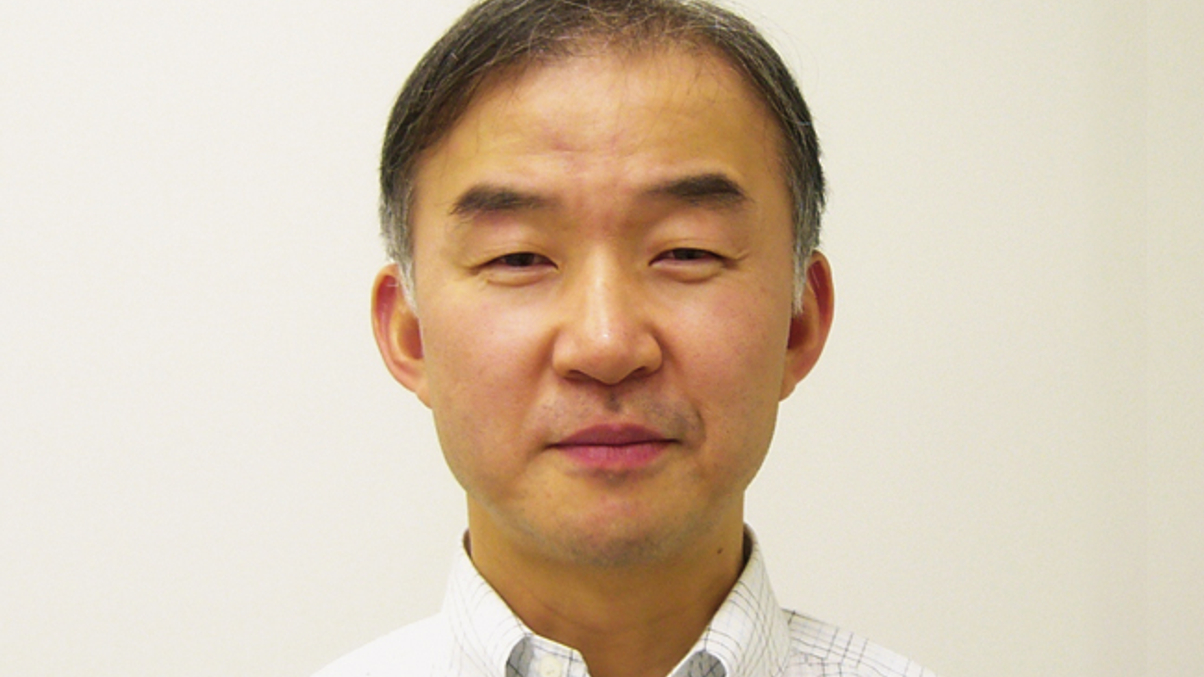Reasons to get excited by changes at GPIF
The world’s largest pension fund is embarking on significant structural changes that will give global asset managers something to think about, as a model for the wider industry to follow.

International asset managers have good reason to be enthused by structural changes under way at Japan’s Government Pension Investment Fund (GPIF), which manages the world’s largest retirement savings pool.
Sign In to Your Account
Access Exclusive AsianInvestor Content!
Please sign in to your subscription to unlock full access to our premium AI resources.
Free Registration & 7-Day Trial
Register now to enjoy a 7-day free trial—no registration fees required. Click the link to get started.
Note: This free trial is a one-time offer.
¬ Haymarket Media Limited. All rights reserved.


